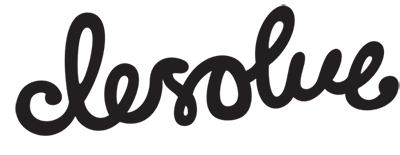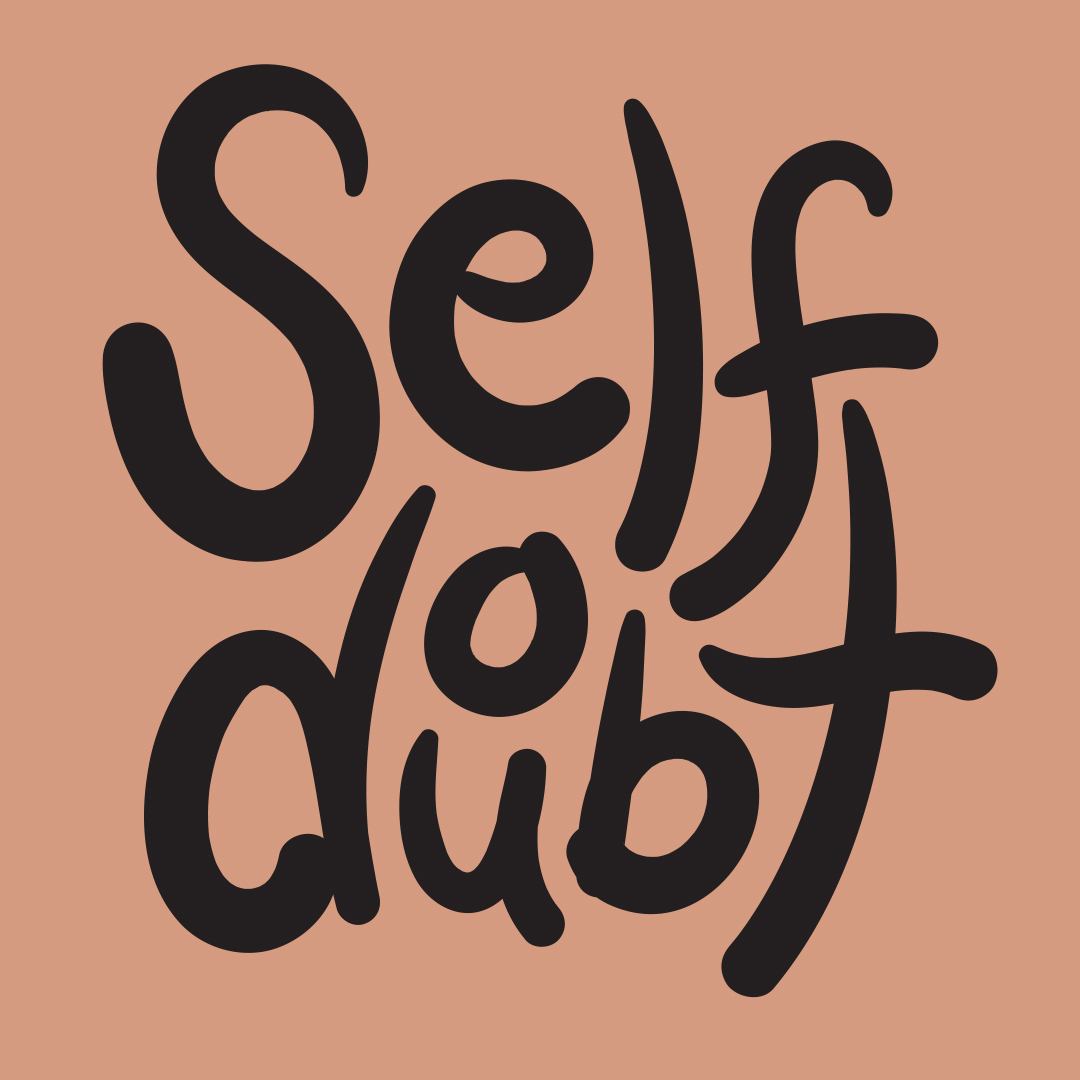JUST OVER SIX YEARS AGO I WAS INADVERTENTLY FORCED INTO FREELANCING. MY WIFE WAS ABOUT TO HAVE A BABY AND WE ALREADY HAD A TWO YEAR OLD AT HOME. I HAD TO BRING HOME THE BACON, SOMEHOW.
It came as a surprise to me when my boss at a small advertising agency called me downstairs to his office. He was there with his business partner and they simply laid it on the table - 'our business has slowed down and we need to make some cuts' - 'unfortunately, your position here is no-longer needed'. All I kept thinking was how was I going to tell my pregnant wife (and what I was going to get for lunch - now that I had the afternoon off).
I was now in a position to make a choice. Do I go back into full-time work or do I take the plunge into freelancing. There are pros and cons to both. The full-time job can have financial security, potential to work on larger projects and you’ll have other adults to talk to, where freelancing can less secure when it comes to money, you may have to work on some pretty crappy jobs at the start, you spend the majority of your time alone but the flexibility and potential to live a life you want is all there up for grabs. I think I know which choice I’m going to make!
What works for you.
I found working in an agency/studio quite stressful. Not only did I have account service and art directors looking over my shoulder explaining why that colour doesn’t work with that typeface but I felt that my work was constantly being scrutinised with no reward in sight. The roles I had and the agencies I worked in didn’t allow me to have much of a voice. In saying that I never really called for a fancy title - I just loved being a designer. That was probably the first sign that full-time work wasn’t for me. And, with a couple of little ones at home, my life and priorities had changed and doing the ‘midnight shift’ wasn’t a favourable option anymore, even with a free bento box!
On the other hand, the idea of working with clients where my skills and opinions weren’t tucked away within the agency walls seemed appealing. I know clients can be hard work but I was willing to give it a go. On more than one occasion my concepts and designs weren’t loved straight away (how many are?!) but the people I worked with had enough confidence in my abilities that I would get the job done. Yes, at times the hours were longer but I was able to work around my life and spend more quality time with my family and do the things I wanted to do, this was much more rewarding than a free dinner…
No cocktails on the beach.
It took about a year to really get in the swing of things and in that time I had realised that I wanted to pursue freelancing long term, maybe even as a career (apologies to all freelancer for dropping the “C” word). I had cast off the shackles of full-time work and was free to do what I wanted, right? I could set my own hours, work on the projects I wanted to work on and make crap-loads of cash! How I was wrong.
There’s a misconception that being your own boss will solve all of your problems. On the surface it looks great, but there’s no HR department to handle payroll, no accounts department to look after the money and chase the people who haven’t paid. There is no sales team to drum up new business and no account service to manage the projects. This now falls on you. It’s really easy to fall in love with the idea of “working for yourself” without fully understanding what is required on a day-to-day basis of being your own boss. There are days when you are head deep in accounts, other days you might be on your fifth round of changes or days when you spend more time than you should on the phone. You have developed the skills that make the money but you now have to handle all these other jobs. It can be a lot to get your head around, some people don’t mind doing this but others just want to do what they do. I spend around 40% of my time working on the business and drumming up new work and only 60% actually doing the work.
Eyes on the prize.
One of the hardest things to do when working for yourself, especially from a home studio, is staying focussed. There are so many distractions that can prevent you from getting the job done. Everything from helping out with the laundry to checking out YouTube, even if it’s for five minutes, it all adds up and cut into your day. Along with the above mentioned roles you are now the Studio Manager. You have to manage each job and ensure they are delivered on time and within the budget. This is a balancing act as you all know that every job is urgent and no one has any money to spend.
And the winner is.
Freelancing. I know it's not for everyone but it's worked out well for me (so far). I’m able to have flexibility in my life and not be tied to a 9-5. I get to spend time with the most important people (to all my old colleagues, I still love you) and I don’t have to wear shoes. It hasn't been easy balancing work and family but I've now been freelancing for just over the past six years and even with it's ups and downs, I can’t see myself going back to permanent work.





